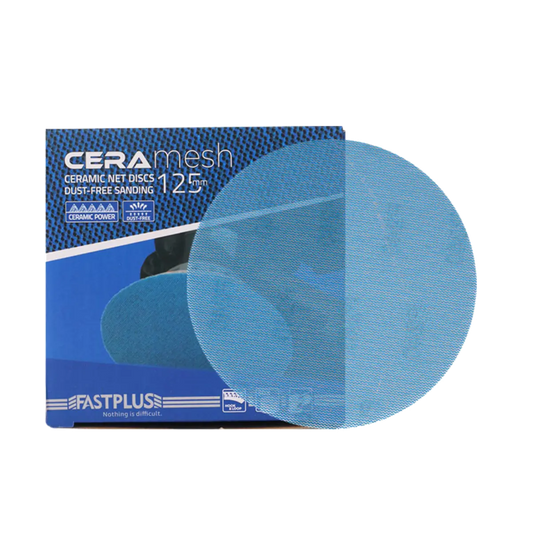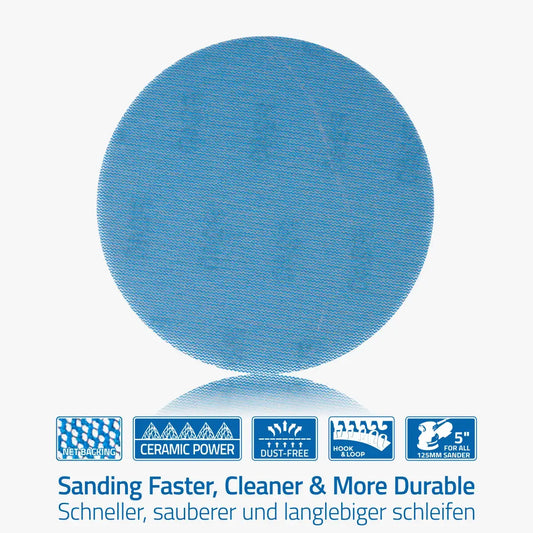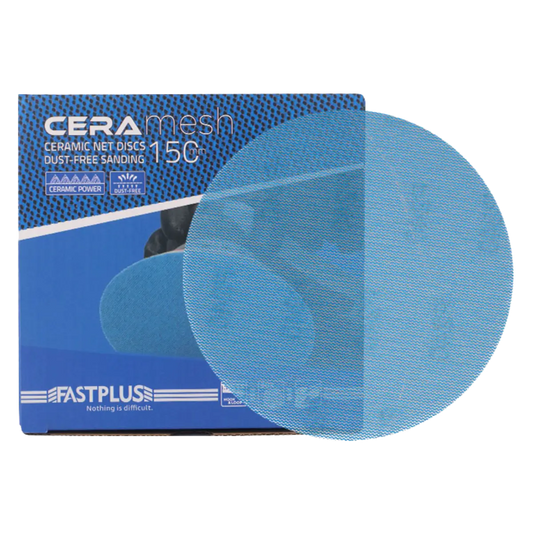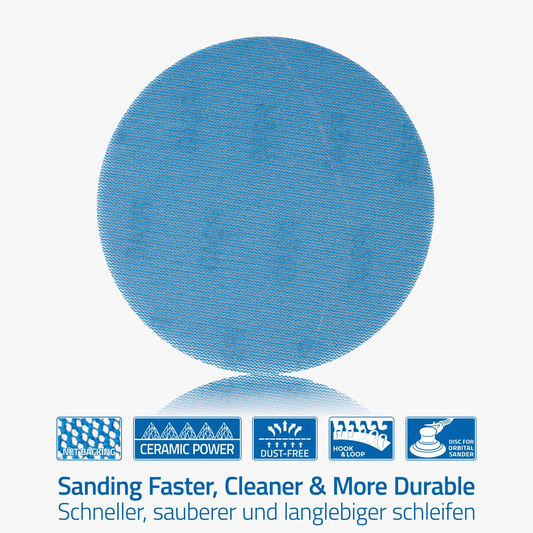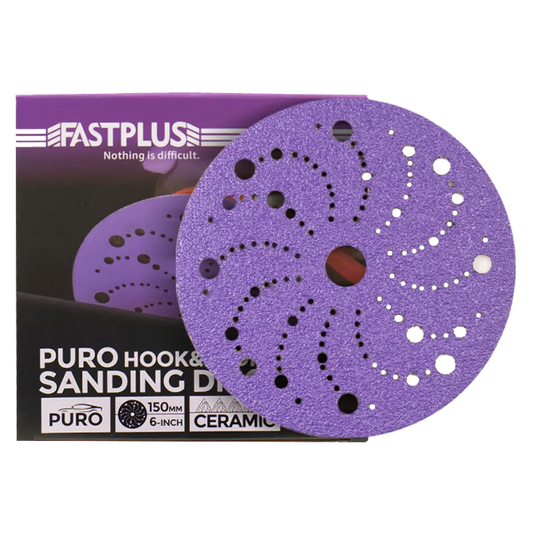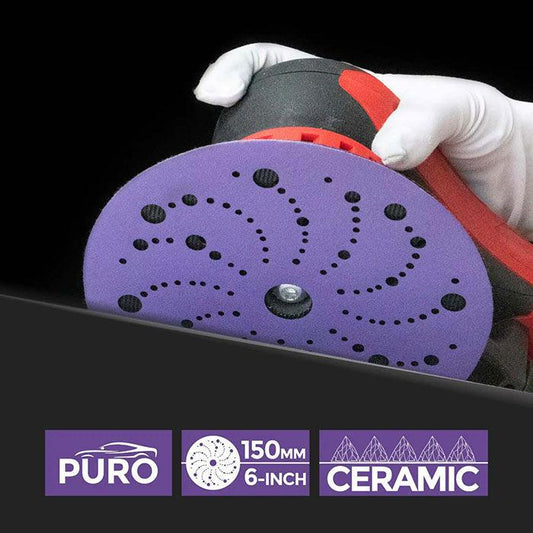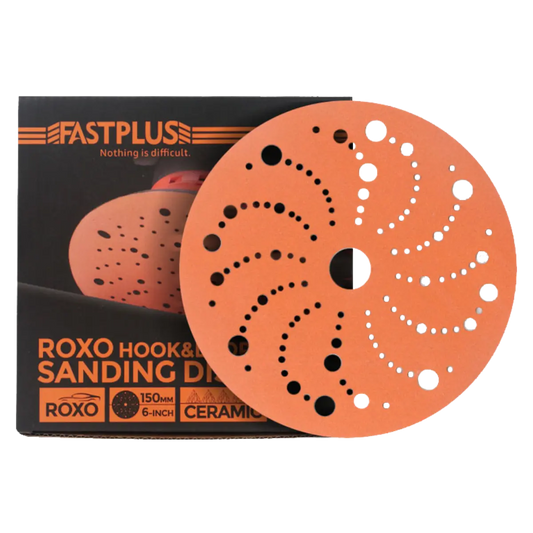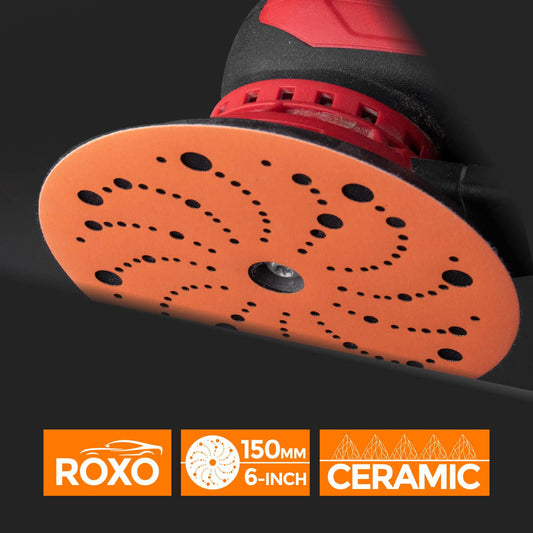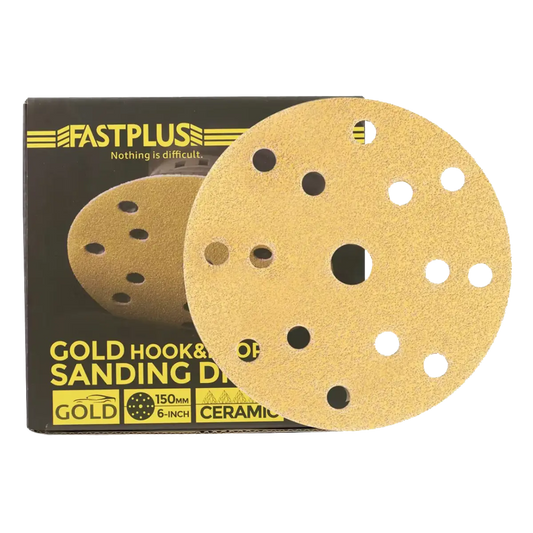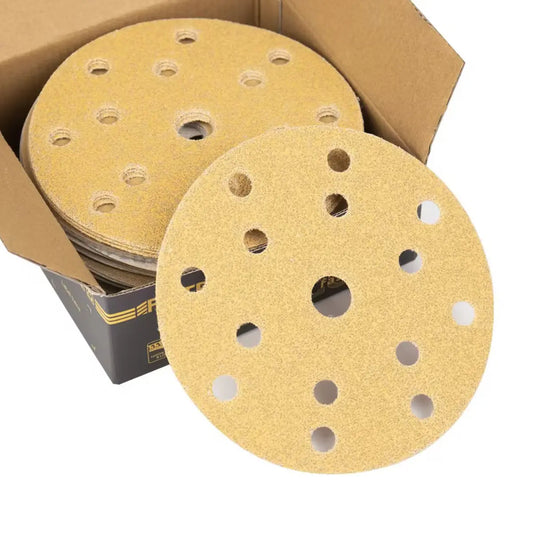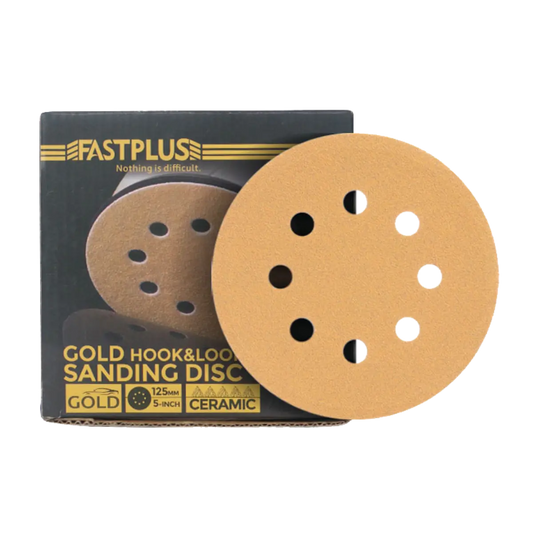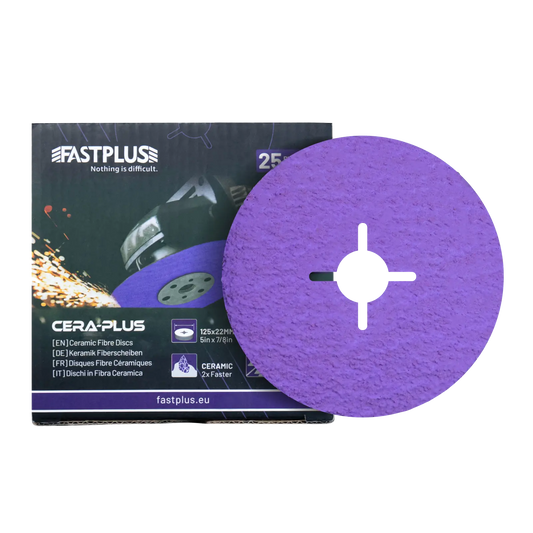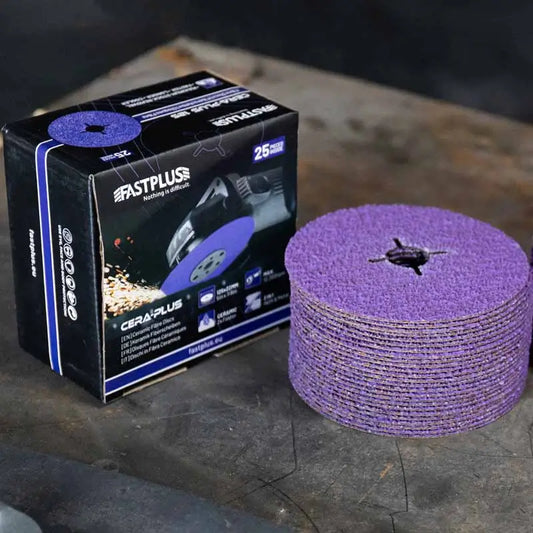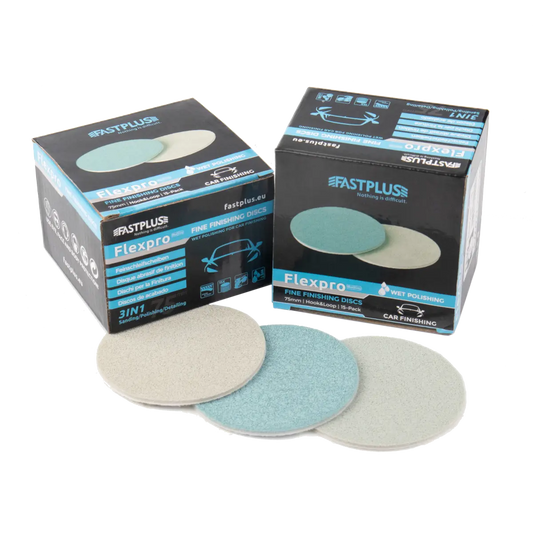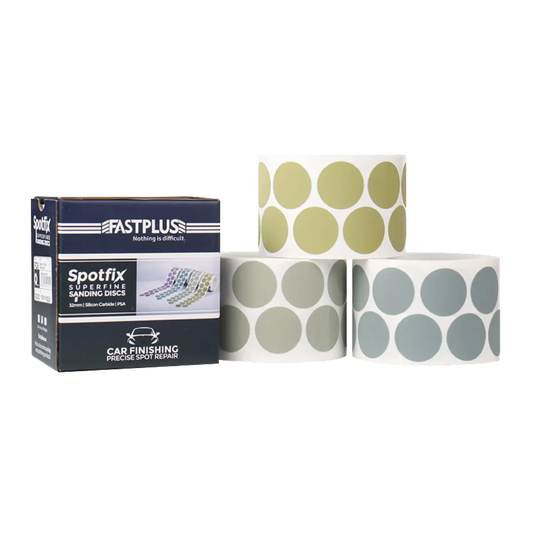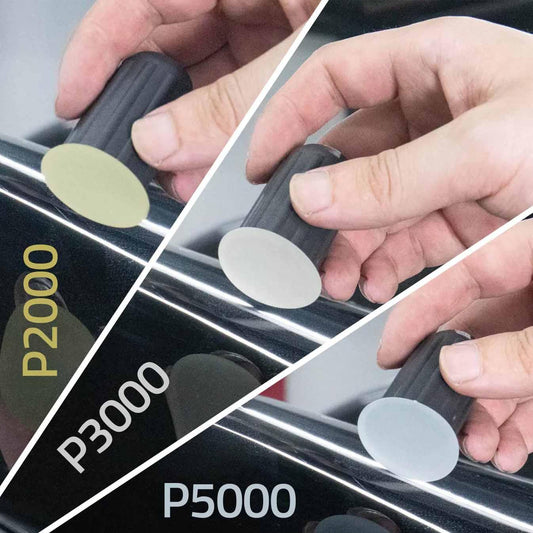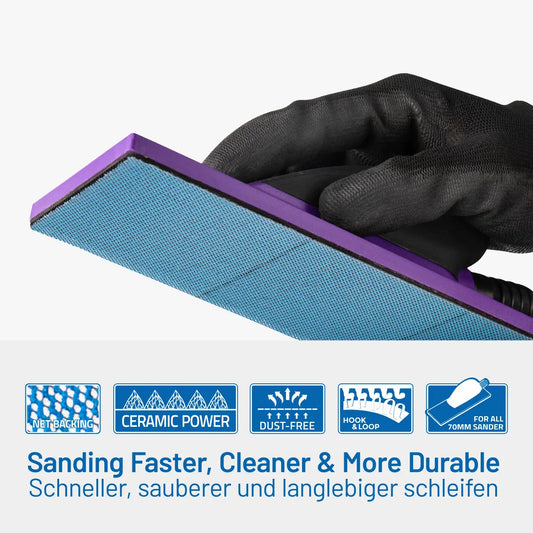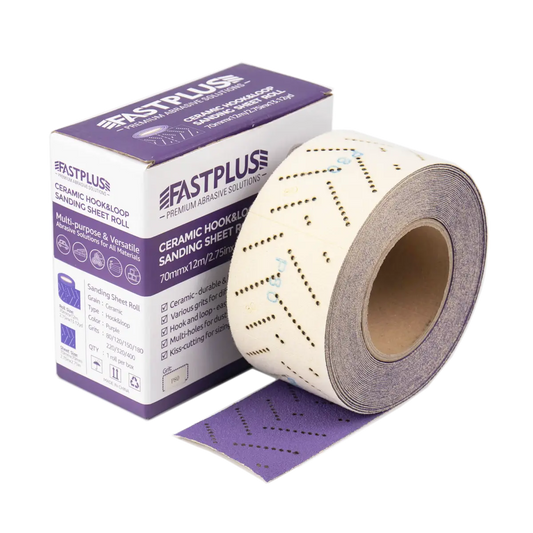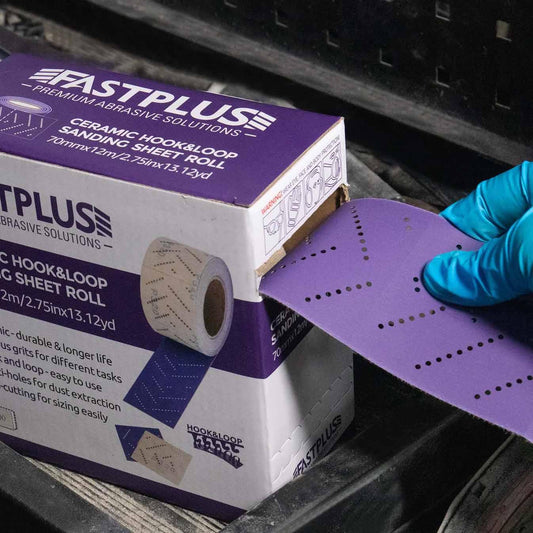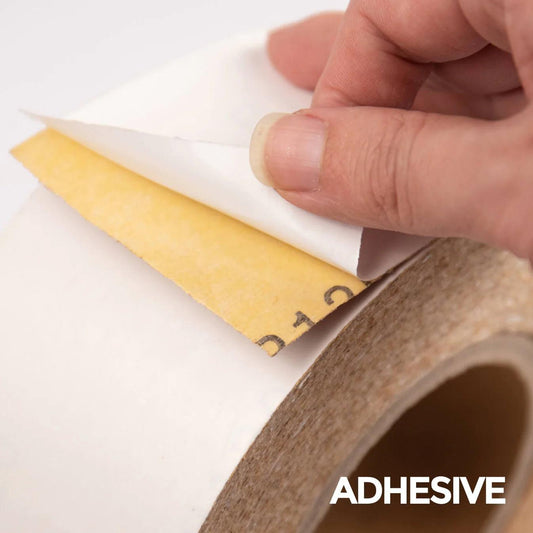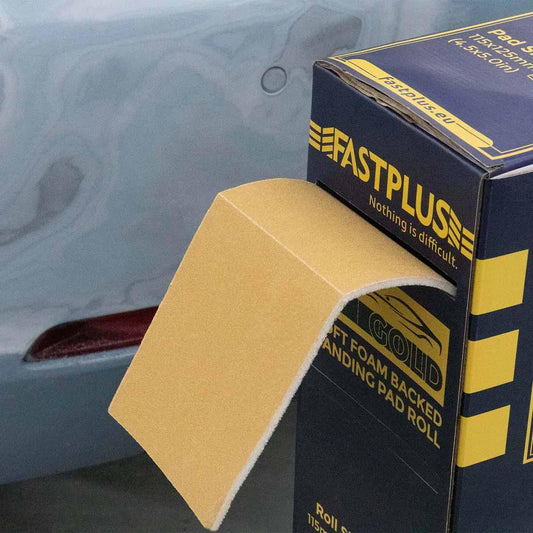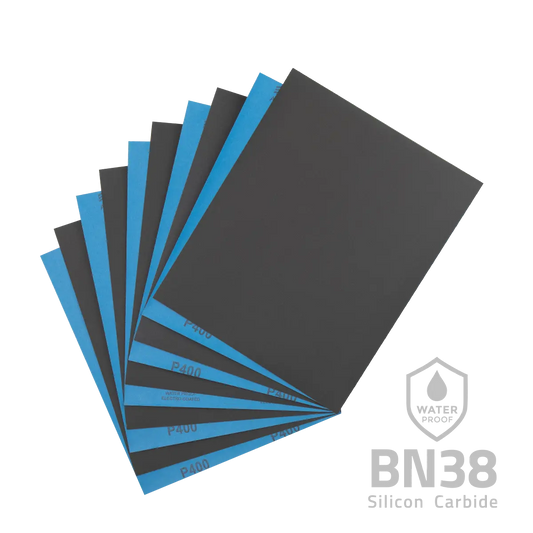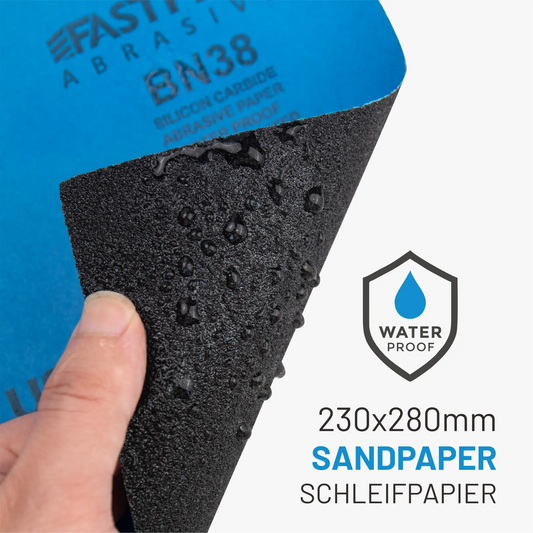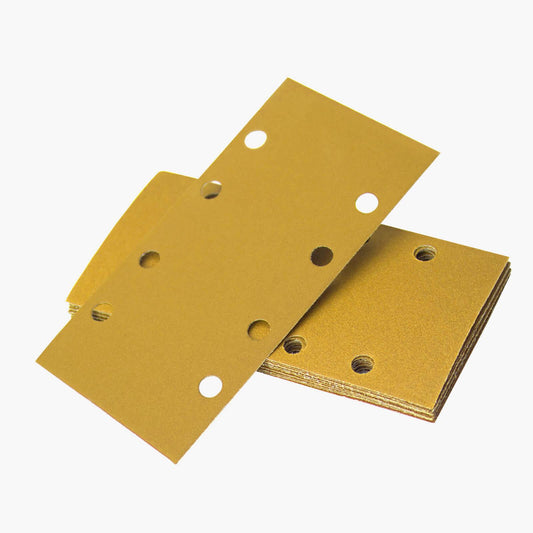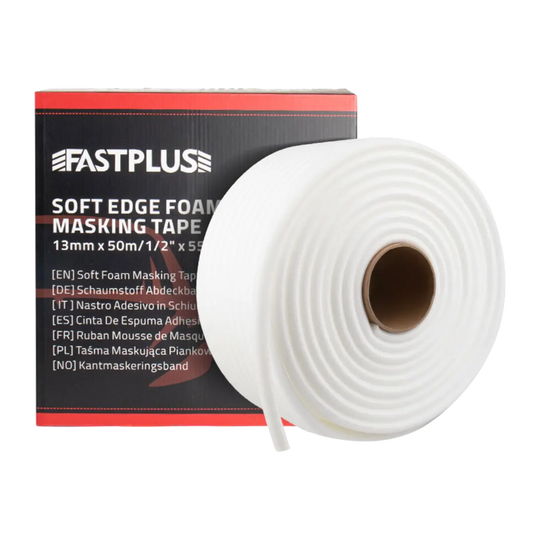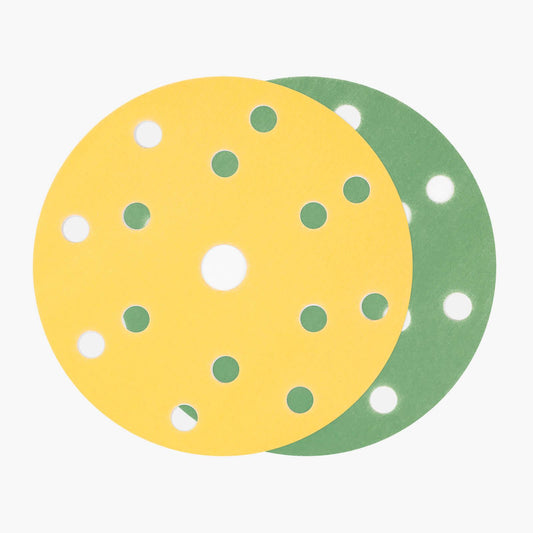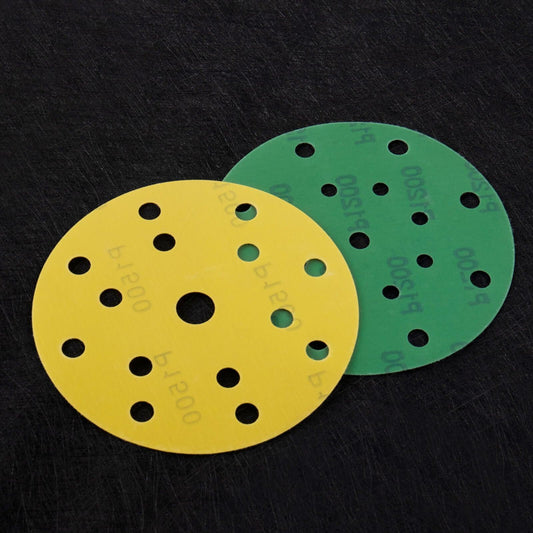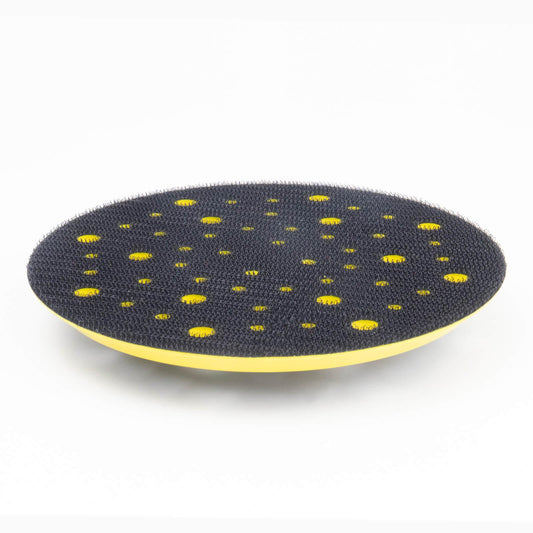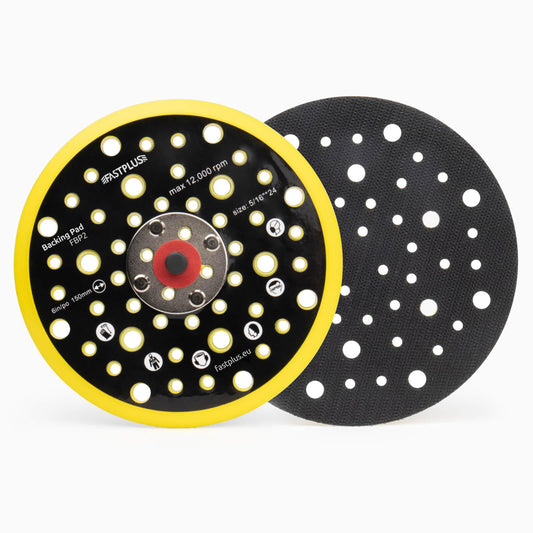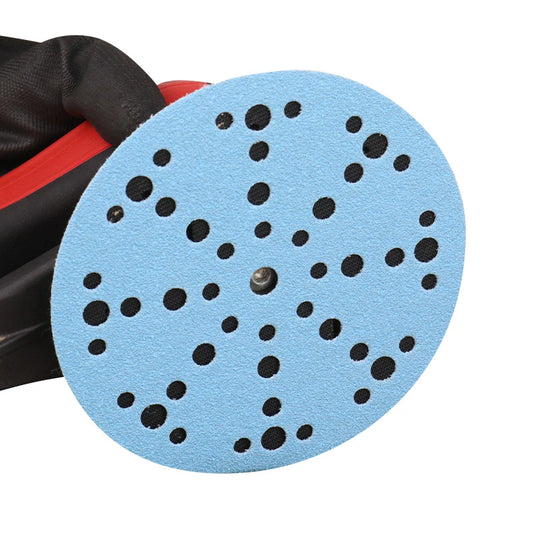
Should You Sand Epoxy Resin Table Tops?
Epoxy tabletops have become incredibly popular in furniture design and woodworking. They provide a glossy, durable, and crystal-clear surface that can make any table look luxurious. But one common question arises among DIY enthusiasts and professionals alike: Should you sand table top epoxy? The answer is yes — but it depends on when and how you do it. Sanding epoxy is not only possible but often necessary to achieve a smooth, flawless, and professional finish.
In this guide, we’ll explore when and why sanding epoxy is recommended, what tools and grits to use, how to sand properly, and how to restore that stunning glass-like shine after sanding.
Why You Might Need to Sand Epoxy
Sanding epoxy may sound counterintuitive. After all, epoxy resin is known for its glossy, mirror-like finish. However, there are several reasons you might need to sand your table top epoxy:
-
Surface Imperfections
Even with careful pouring and curing, epoxy surfaces can develop small flaws. These include dust particles, bubbles, brush marks, or uneven spots. Sanding helps level out these imperfections and prepares the surface for a perfect final coat or polish. -
Uneven or High Spots
When the epoxy self-levels during curing, slight variations can occur, especially on large tabletops. Sanding removes high areas and evens the surface, creating a uniform, professional look. -
Surface Preparation Between Layers
If you’re applying multiple coats of epoxy, sanding between layers is crucial. This step creates mechanical adhesion — the small scratches help the next layer bond securely to the previous one. Without sanding, layers may separate or peel. -
Repair or Refinishing
Over time, epoxy tabletops may lose their shine or develop light scratches. Sanding and re-polishing or recoating can restore their original clarity and gloss.
When Should You Sand Epoxy?
The timing of sanding epoxy depends on its curing stage and your intended purpose. Epoxy goes through three key phases: soft cure, partial cure, and full cure.
-
Soft Cure (0–12 Hours)
At this stage, the epoxy is still tacky or soft. You should not sand it because it will clog your sandpaper and ruin the surface. -
Partial Cure (12–24 Hours)
The epoxy may feel firm to the touch but not fully hardened. Sanding during this stage can damage the resin. It’s best to wait until it’s completely hard. -
Full Cure (24–72 Hours)
After 24–72 hours (depending on the product and room temperature), the epoxy is fully cured and ready for sanding. Always check the manufacturer’s instructions for the recommended cure time.
If you are applying another coat of epoxy, the ideal window to sand is when the surface is fully cured but still within the recoat window specified by the manufacturer. Otherwise, you’ll need to sand more aggressively to promote adhesion.
What Grit Sandpaper Should You Use on Epoxy?
Choosing the right sandpaper grit is essential for achieving the desired surface quality. The grit you use depends on your goal — whether it’s leveling, preparing for a new coat, or polishing.
1. For Leveling and Removing Imperfections
Start with a coarse grit, such as 80–120 grit. This helps flatten high spots, remove dust nibs, and eliminate bubbles. However, be careful not to sand too deep — you don’t want to expose the wood or base layer underneath.
2. For Smoothing and Surface Prep
After leveling, move up to 220–400 grit sandpaper. This range smooths the surface and creates an ideal texture for applying another epoxy coat or a clear topcoat.
3. For Polishing and Finishing
To bring back that glassy look, you’ll need wet sanding with fine grits like 800, 1000, 1500, or even 2000 grit. Wet sanding minimizes heat and scratches, resulting in a silky, mirror-smooth surface.
4. For a Matte Finish
If you prefer a satin or matte look rather than a glossy finish, you can stop sanding around 800–1000 grit and apply a matte topcoat.
Tools You’ll Need for Sanding Table Top Epoxy
Sanding epoxy requires both the right tools and a bit of patience. The following tools will make your work more efficient and consistent:
- Random Orbital Sander: Ideal for large tabletops, offering even sanding with less swirl marking.
- Hand Sanding Block: Useful for edges or small sections where precision matters.
- Wet Sanding Paper or Discs: For fine grit sanding (800–2000), especially when aiming for a polished surface.
- Water Spray Bottle: Keeps the surface cool and reduces dust during wet sanding.
- Microfiber Cloth: For wiping off dust and checking surface smoothness.
- Polishing Compound and Buffing Pad: For restoring the glossy, transparent finish after sanding.
Step-by-Step: How to Sand a Table Top Epoxy Surface
Step 1: Clean the Surface
Start by removing any debris or dust from the surface. Use a mild soap solution and let the surface dry completely before sanding.
Step 2: Dry Sand to Level Imperfections
Attach 120-grit sandpaper to your orbital sander. Lightly sand the entire surface in circular motions. Focus on uneven or rough areas but avoid applying too much pressure — let the sander do the work.
Step 3: Progressively Move to Finer Grits
Once the surface is even, switch to 220 grit, then 400 grit. Each pass should remove the scratches from the previous grit. Wipe away dust between grits to monitor your progress.
Step 4: Wet Sand for Smoothness
After the dry sanding stages, start wet sanding with 800 to 2000 grit. Spray water onto the surface and sand lightly in small circular motions. The water acts as a lubricant, preventing deep scratches and overheating. Continue until the surface feels smooth to the touch.

Step 5: Polish the Surface
Once you’ve completed wet sanding, it’s time to restore the epoxy’s shine. Apply a polishing compound using a microfiber cloth or a buffing pad. Buff until you achieve the desired level of gloss. For best results, use a rotary polisher with a soft foam pad and a high-quality polish.
Step 6: Optional — Apply a Final Epoxy or Topcoat
If the sanding has dulled the surface or exposed micro-scratches, you can recoat with a thin layer of epoxy. Before recoating, ensure the surface is dust-free and lightly sanded with 400–600 grit for proper adhesion.
Tips for Best Results
-
Avoid Overheating
When sanding epoxy, friction can generate heat and soften the resin. Always move the sander steadily and avoid pressing too hard. -
Use Wet Sanding for Final Stages
Dry sanding fine grits can cause surface haze. Wet sanding reduces this problem and helps achieve a clearer finish. -
Don’t Rush Curing
If you sand epoxy before it’s fully cured, you risk gumming up your sandpaper and ruining the finish. Patience is key. -
Inspect Frequently
Stop occasionally to clean and inspect your surface under good lighting. This ensures you don’t oversand or miss uneven areas. -
Safety First
Wear a dust mask, gloves, and eye protection. Epoxy dust is fine and can irritate your skin or lungs.
Common Problems When Sanding Epoxy — and How to Fix Them
1. Cloudy or Dull Finish
This happens when sanding marks are not completely removed before polishing. Solution: continue sanding with finer grits and polish again.
2. White Haze After Wet Sanding
This may result from trapped water. Wipe the surface dry and allow it to air out; the haze will typically disappear.
3. Uneven Surface After Sanding
If you sand too aggressively, you might create dips or thin spots. To fix this, apply a new thin coat of epoxy and let it self-level.
4. Visible Scratches After Polishing
You may have skipped a grit level or not sanded evenly. Go back to the previous grit and repeat the process carefully.

Should You Always Sand Epoxy?
Not always. If your epoxy cured perfectly smooth and you don’t plan to apply another coat, sanding isn’t necessary. However, if you notice dust specks, uneven texture, or surface dullness — or if you want to apply additional layers — sanding becomes essential.
In short:
- For a perfect mirror-like finish, sanding and polishing are musts.
- For adding another layer, sanding ensures strong adhesion.
- For a quick refresh, light sanding and polishing can rejuvenate an older surface.
Recommended Products for Sanding Epoxy
If you’re working on epoxy tables regularly, investing in the right abrasives will save time and improve results:
- Ceramic Sanding Discs (120–400 grit) – For aggressive cutting and leveling.
- Mesh Sanding Discs (400–800 grit) – For fine dry sanding with dust extraction.
- Wet Sanding Paper (1000–2000 grit) – For ultra-smooth finishing.
- Foam Interface Pads – To avoid swirl marks and conform to surface contours.
- Polishing Foam Pads & Compounds – For restoring clarity and high-gloss finish.
Using high-quality abrasives ensures consistent results without clogging or uneven wear, especially on hard epoxy surfaces.
Final Thoughts
So, should you sand table top epoxy?
Absolutely — sanding is a vital part of achieving a professional-grade finish. Whether you’re leveling imperfections, preparing for another coat, or restoring an old surface, sanding allows you to control the texture and appearance of your tabletop.
The key lies in using the right grit progression, the proper sanding technique, and patience throughout each step. Once you’ve sanded and polished your epoxy table, the result will be a flawless, glass-smooth surface that enhances the beauty of your project and lasts for years to come.


